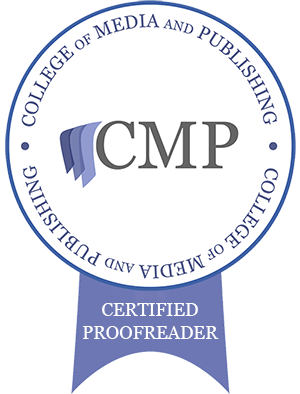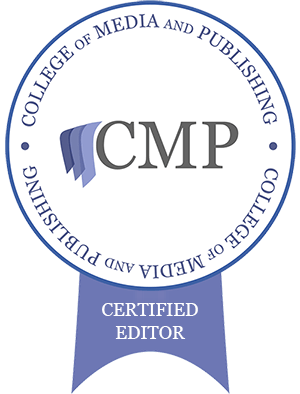
Part 2 of Understanding Verbs
Welcome back to understanding verbs. This is part two, where we will be covering irregular verbs, reflexive verbs, linking verbs and helping verbs. There are a lot of different kinds of verbs. So hopefully I can make this more straightforward to understand. Last time, we covered what verbs are, how to understand conjugation and tenses and how regular verbs work. Regular verbs follow a regular pattern, hence the name! Irregular verbs, as you can probably tell, do not.
Understanding Irregular Verbs
How many irregular verbs are there in English? Quite a lot! There’s around 200 of them. If you remember in the last part, we compared this to Japanese, a language I’m studying for fun, and found that in Japanese, there are only two irregular verbs. So, I’m not going to cover every single one here, but we’ll look at a few of the most common ones you’ll come across.
With regular verbs, we saw that there’s a consistent pattern in how we conjugate these verbs for different tenses. With irregular verbs, there’s no pattern and the word can change drastically when we conjugate it for different tenses. This is where there can be difficulty in knowing which word we should be using.
So let’s look at a couple of examples:
To know:
The past tense of to know is ‘knew’, the past progressive tense is ‘was/were known’, the past perfect tense is ‘had known’ and the past progressive perfect tense is ‘had been knowing’. The present tense is ‘know’. The present progressive is: ‘I am knowing’, ‘he/she/it is knowing’ or ‘you/we/they are knowing’. Present perfect tense is ‘has/have known’.
So you can see from this that the word can change a lot depending on the tense you are using. The verb ‘to find’ can change to ‘found’ or ‘finding’ depending on the tense. The verb ‘to think’ can become ‘thinks’, ‘thought’ or ‘thinking’. It’s not intuitive, and unfortunately there’s not really a shortcut to remember these, you just have to learn them. For more, see the Blue Book of Grammar here.
You might have noticed something else, in the above example for ‘to know’ and that is the various forms of the verb ‘to be’ used in the verb phrases. That leads us into the next section nicely, helping verbs.
Helping Verbs
We’ve used helping verbs in a lot of the examples already, as one of the things they help with is expressing the tense of a verb. They are used to form the progressive, perfect and progressive perfect tenses, and the verb ‘to be’ is the most commonly used one. So can you list the 8 forms of the verb ‘to be’? See below for the answers.
Click here to see them.
be, is, are, am, was, were, being, been
Did you get them all? Do you know when to use each form? Let’s do a conjugation table to show you them, then we’ll discuss the uses of it in more detail. Remember that ‘being’ is the present participle and ‘been’ is the past participle.
| Person | Past | Present | Future |
|---|---|---|---|
| I | was | am | will be |
| He/She/It | was | is | will be |
| You | were | are | will be |
| We | were | are | will be |
| You (pl) | were | are | will be |
| They | were | are | will be |
Main verb vs Helping verb
‘To be’ is a verb that can be used on its own such as “It is there.” It is also used alongside other verbs to help indicate tense. “I am going to the party.” In this example, the main verb is ‘going’ and ‘am’ is there to help the main verb ‘to go’. “She was leaving work.” In this one, ‘was’ is helping the main verb ‘to leave’ and indicates that this is past tense. “She is leaving work.” Present tense. Does that make sense? These helping verbs also have an impact when we look at using the passive voice, which was covered in a previous blog post here.
Linking Verbs
Guess what? ‘To be’ is also a linking verb! There’s a reason it’s the most commonly used verb in the English language. It’s so versatile! So, what do we mean by linking verb. Essentially, it’s a verb that links a noun to an adjective. “The ball is blue.” The noun is the ball, blue is the adjective, and the linking verb ‘is’ is basically telling us that the adjective is describing the state of the noun’s existence. You can use a form of ‘be’ to link a noun to adjectives, adverbs and adverbial phrases.
There are a few other common linking verbs, such as ‘become’, ‘seem’, ‘feel’, ‘taste’. Note that most of them indicate something to do with our senses, which makes sense given you are linking adjectives.
Reflexive Verbs
Reflexive verbs are verbs used when the subject and object of a sentence are the same thing. Similar to when we talked about reflexive pronouns, reflexive verbs work in a similar way and are always used with reflexive pronouns. “The cat grooms itself.”
The use of reflexive pronouns and reflexive verbs is often used for emphasis and can come with certain connotations. Take a look at these three sentences, which all say the same thing in essence, and see if you feel differently about them.
- I cleaned the house.
- I cleaned the house myself.
- I cleaned the house all by myself.
The basic meaning of all of them is the same. The subject ‘I’ performed a verb ‘to clean’ on the object ‘the house’. The addition of a reflexive pronoun does imply more feeling. It’s stating that the subject performed this alone, and depending on how you read it, it could indicate the person’s feelings on the matter. You could get a sense of pride, that they completed the task on their own, or you could read it in a bitter tone.
The third sentence can have the same, but with a bit more emphasis on the fact that they did the task alone, and perhaps are unhappy that they were left to do this without help. Or extremely proud that they achieved it on their own for the first time. The context will give an indication of which kind of tone is implied, but you can see how using reflexive verbs and pronouns can change the meaning of a sentence and change the feeling, or ‘mood’ of what you write.
Conclusion
So we’ve covered quite a bit today, although there is plenty more to read on this subject. On Friday, part 3 will cover subject-verb agreement, split infinitives and implied subjects. If you missed the first part, you can read it here. If you have any thoughts or questions, feel free to comment. I’ve got a few interesting things in the works and I will soon be sharing updates on my novel, where I’ve been doing a lot of world building.
Follow me on social media for more content and subscribe to the blog below to get an email whenever a new post goes live! See you next time!




Leave a Reply